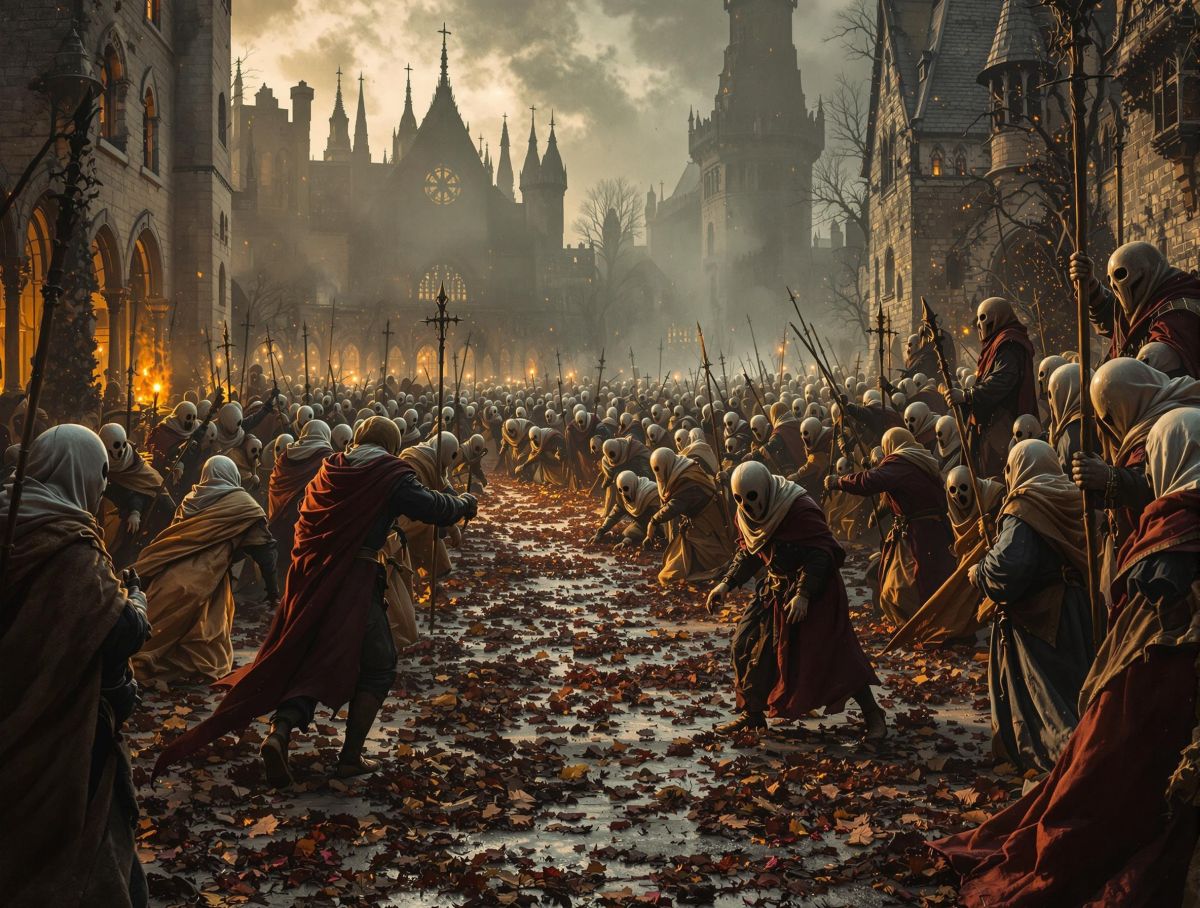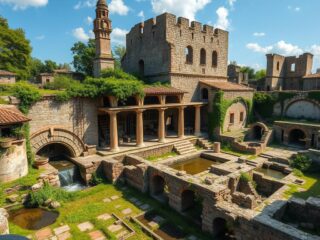When we think about the Middle Ages, we often picture towering castles, knights in shining armor, and grand feasts in candlelit halls. But behind the chivalric ideals and romanticized imagery lies a world far more disturbing—a time of filth, superstition, disease, and shocking social norms. The Middle Ages (roughly 5th–15th centuries) were not merely a period of epic battles and noble quests but also one of widespread brutality, bizarre legal customs, and an astonishing disregard for personal hygiene.
This article delves deep into the lesser-known, unsettling aspects of medieval life—things that modern people might find not only disturbing but downright horrifying.
1. The Streets Were Rivers of Filth
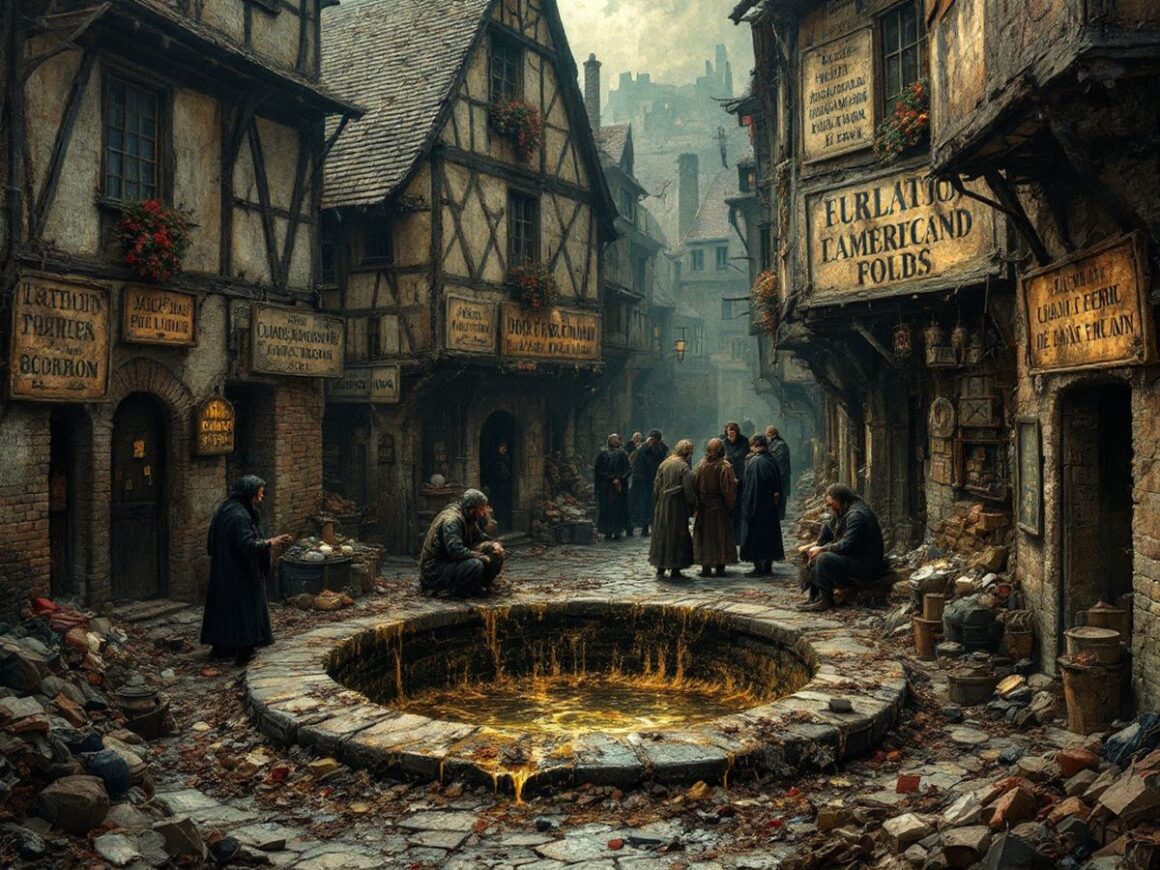
If you lived in a medieval city, you didn’t need to step into a sewer to experience one. The streets themselves were open sewers, covered in human waste, rotting food, and animal excrement. Since there was no formal sewage system in most towns, waste was simply tossed from windows with little warning.
In London, a city ordinance from 1357 warned that “dung, filth, and entrails” must not be thrown into the streets—though this rule was routinely ignored. In Paris, public latrines were few and far between, leading people to relieve themselves in alleys, stairwells, or even the corners of markets. The stench of medieval cities was so unbearable that those with means carried scented handkerchiefs to press against their noses.
Worst of all, this filth seeped into drinking water. Wells and rivers were contaminated, contributing to the spread of diseases like dysentery and cholera. It was not uncommon for people to drink ale or weak beer instead of water because it was safer—alcohol killed some of the bacteria.
2. A Bath Was a Luxury—And Often a Sin
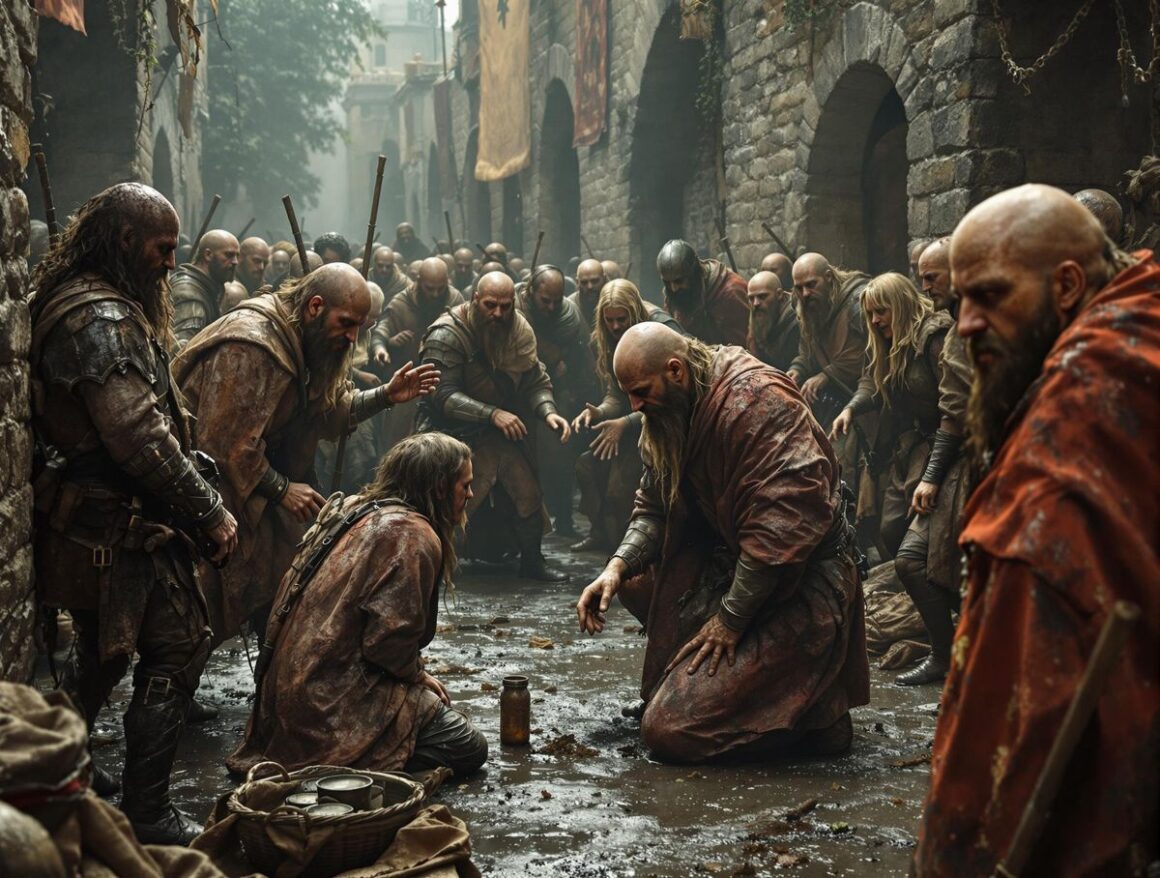
Medieval bathing habits were shocking by today’s standards. In some parts of Europe, especially after the decline of the Roman bathhouses, people went months or even years without properly washing themselves. Many believed that bathing too often could make them sick by opening the pores to disease.
The Church played a role in discouraging frequent bathing, associating it with vanity and even sin. In the later Middle Ages, public bathhouses (which had survived from Roman times) became increasingly linked to prostitution, leading authorities to shut many of them down. Queen Isabella of Castile famously boasted that she had only bathed twice in her life—once when she was born and once when she got married.
And it wasn’t just the lower classes who smelled awful. King Louis XIV of France reportedly took only three baths in his lifetime, though he doused himself in perfume to mask the odor.
3. Medieval Justice Was Brutal, Irrational, and Often Insane
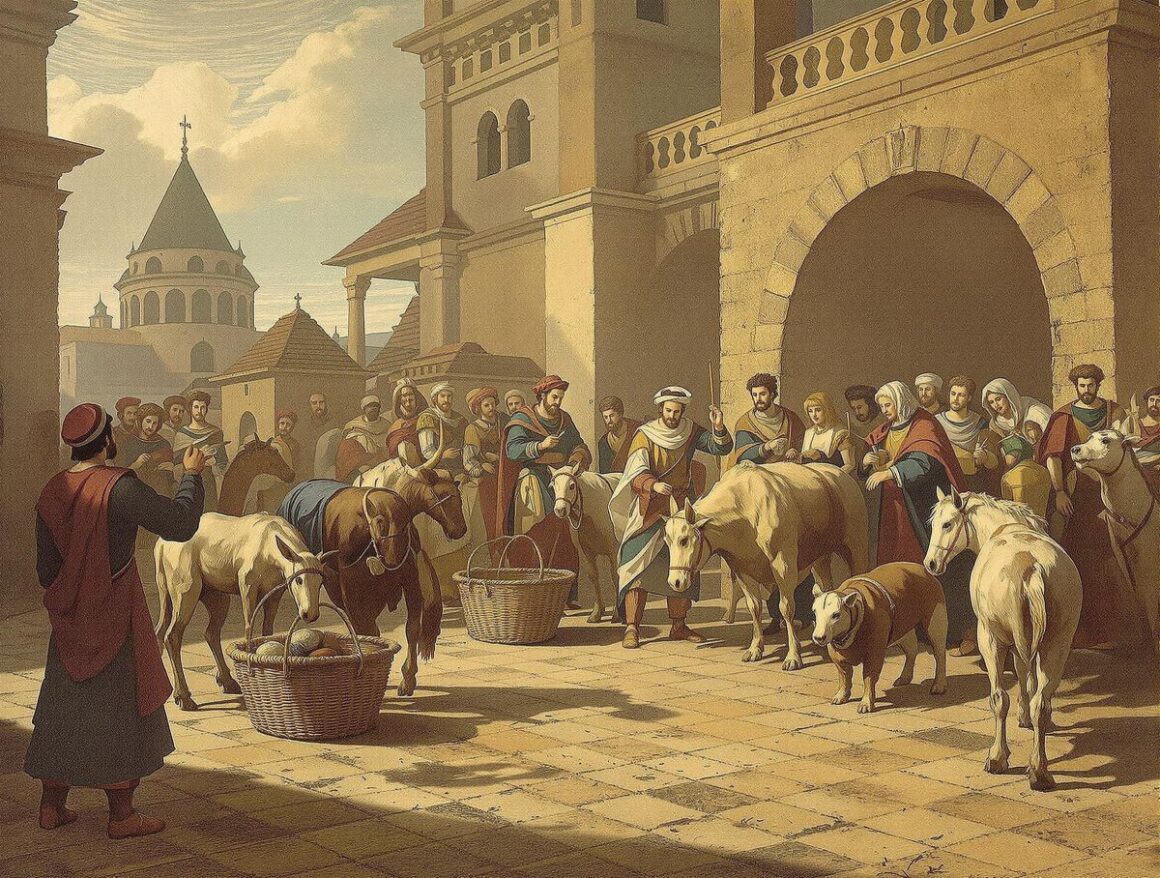
Forget fair trials—medieval justice was a horrifying mix of superstition, sadism, and outright lunacy. Many crimes, even petty theft, were punishable by extreme torture or execution. Public executions were common forms of entertainment, drawing large crowds eager to watch a hanging, beheading, or even a flaying.
One of the strangest judicial practices was trial by ordeal—a method of determining guilt or innocence based on divine intervention. If accused of a crime, you might be forced to plunge your hand into boiling water to retrieve an object. If your wound healed quickly, you were innocent; if not, you were guilty. Another common ordeal involved being bound and thrown into a river—if you floated, you were guilty of witchcraft (and usually executed afterward); if you sank, you were innocent but often drowned anyway.
And if that wasn’t bad enough, animal trials were a real thing. Pigs, dogs, and even insects were put on trial for crimes such as theft or assault. In one recorded case from 1386, a sow was publicly executed in France for allegedly killing a child.
4. Sexuality Was Both Repressed and Outrageous
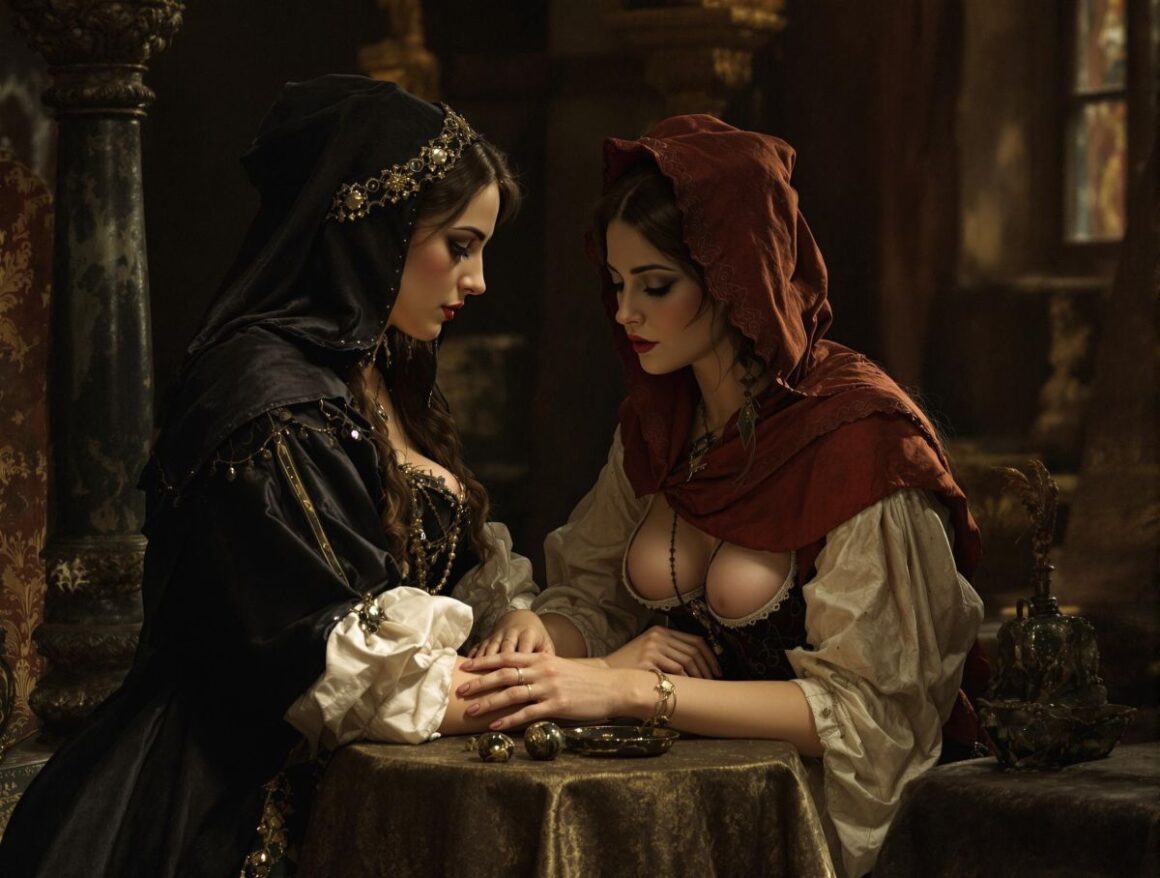
The Middle Ages had a strange relationship with sex—on the one hand, religious authorities preached extreme chastity, yet on the other, medieval people engaged in behaviors that would shock even modern audiences.
Prostitution was widespread and often state-sanctioned. Many towns had designated brothels, some even run by the Church, which saw them as a way to prevent greater sins like adultery or rape. In Avignon, the Pope himself taxed prostitutes rather than try to eliminate the trade.
Premarital sex was rampant, and noblemen had droit du seigneur (the supposed right to sleep with a bride on her wedding night before her husband). Though historians debate how widely this was practiced, records suggest some lords did take advantage of their power over serfs in this way.
Medical beliefs about sex were also bizarre. Many medieval doctors thought that women needed to have orgasms to conceive, which led to some rather awkward marital advice. Meanwhile, others believed that having sex with a virgin could cure leprosy, leading to the horrific exploitation of young girls.
5. The Black Death Turned Europe into a Nightmare
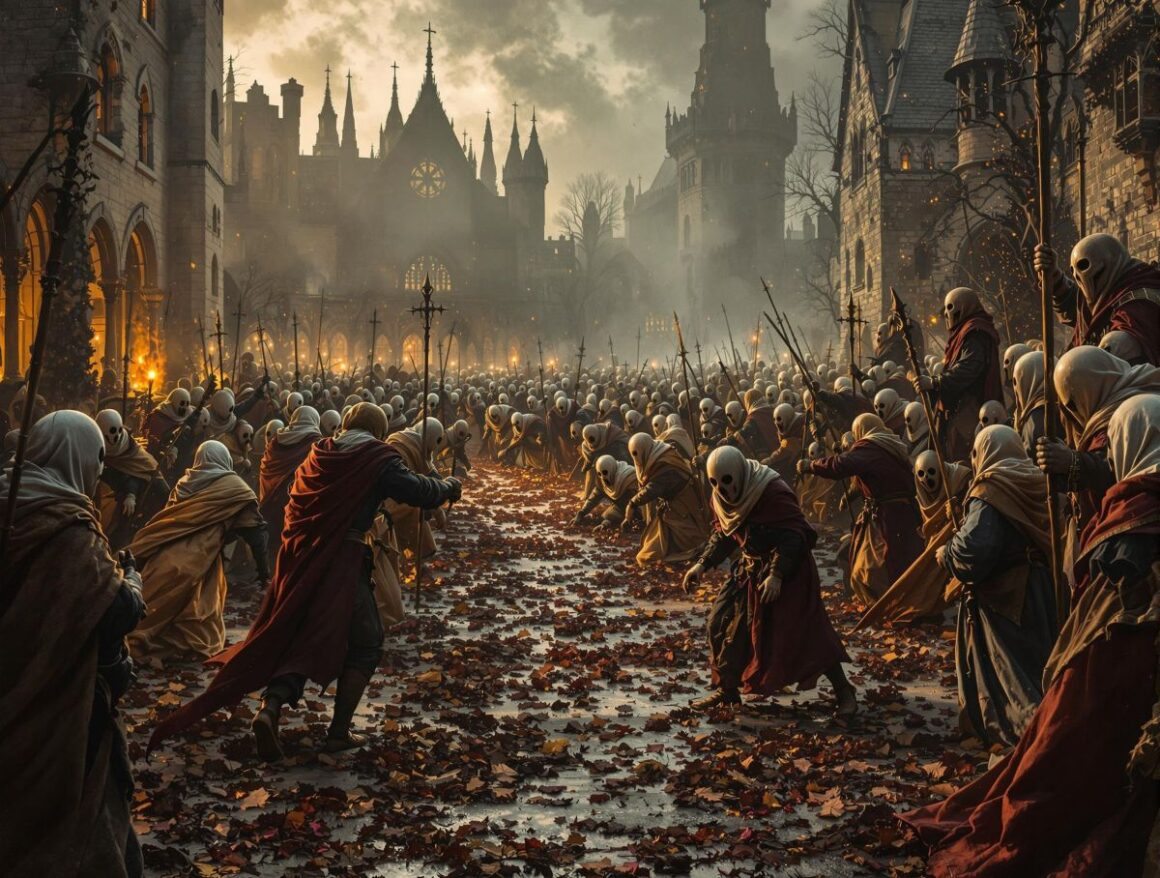
The Black Death (1347–1351) was one of the most catastrophic pandemics in human history, wiping out up to 60% of Europe’s population. The disease caused swelling, fever, and gruesome boils that oozed blood and pus. Death often occurred within days.
People were so desperate for explanations that they resorted to blaming Jewish communities, claiming they had poisoned wells, which led to widespread massacres. Others turned to flagellants, religious fanatics who roamed the streets whipping themselves to atone for humanity’s sins.
Some nobles and priests abandoned entire villages, leaving the sick to die alone. Others threw lavish “plague parties,” believing that since death was inevitable, they might as well indulge in every pleasure before the end came.
And in some truly macabre cases, people sealed their own sick relatives inside houses and left them to die, fearing contagion more than family ties.
6. People Ate the Most Horrifying Things
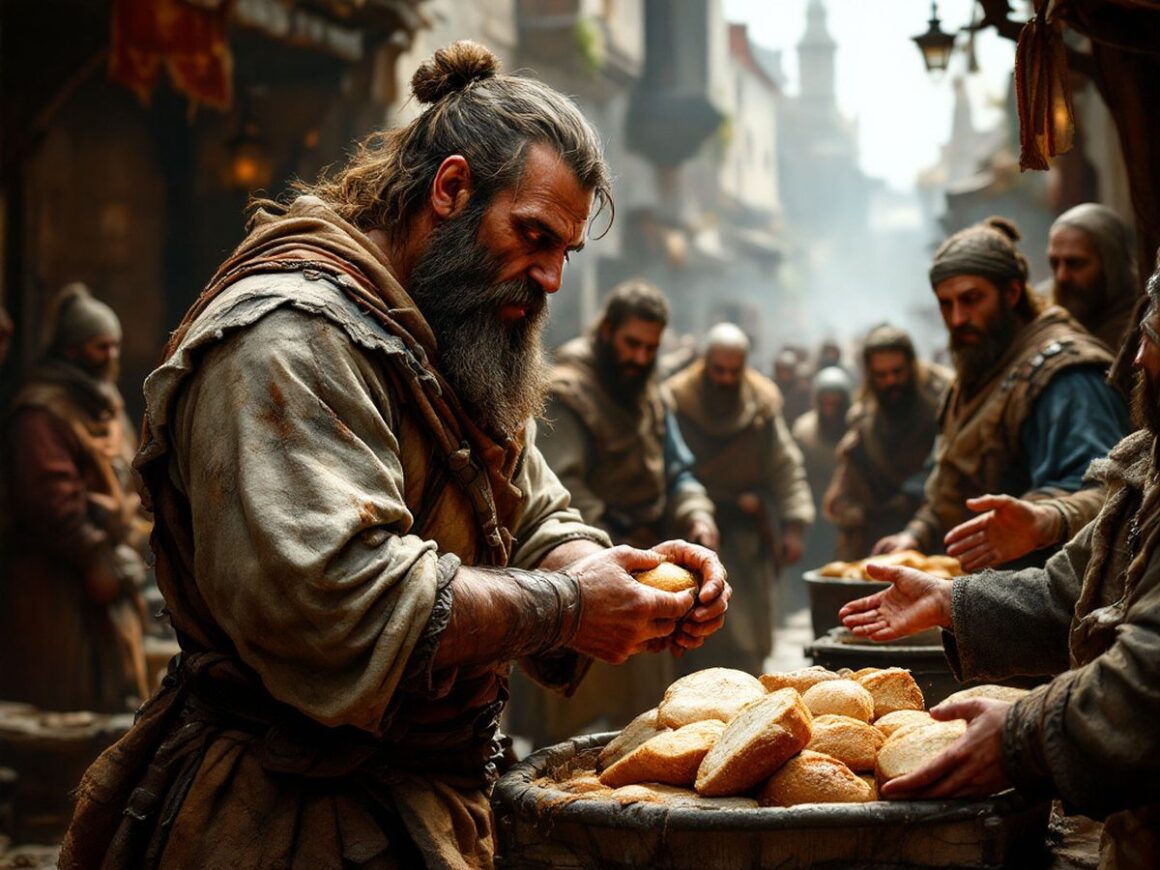
While medieval feasts could be extravagant, the common diet was far less appetizing. Starvation was a constant threat, and when food was scarce, people turned to eating whatever they could find—including rats, tree bark, and even corpse flesh in extreme cases.
One particularly grim example comes from the Great Famine of 1315–1317, where reports emerged of parents eating their own children. Chroniclers wrote that “men ate their own flesh, and mothers their infants.”
Even in normal times, food hygiene was atrocious. Bread often contained sawdust or was black with mold, and meat could be riddled with maggots. Spices were sometimes used not just for flavor but to mask the stench of rotting food.
7. Medieval Medicine Was More Likely to Kill Than Cure
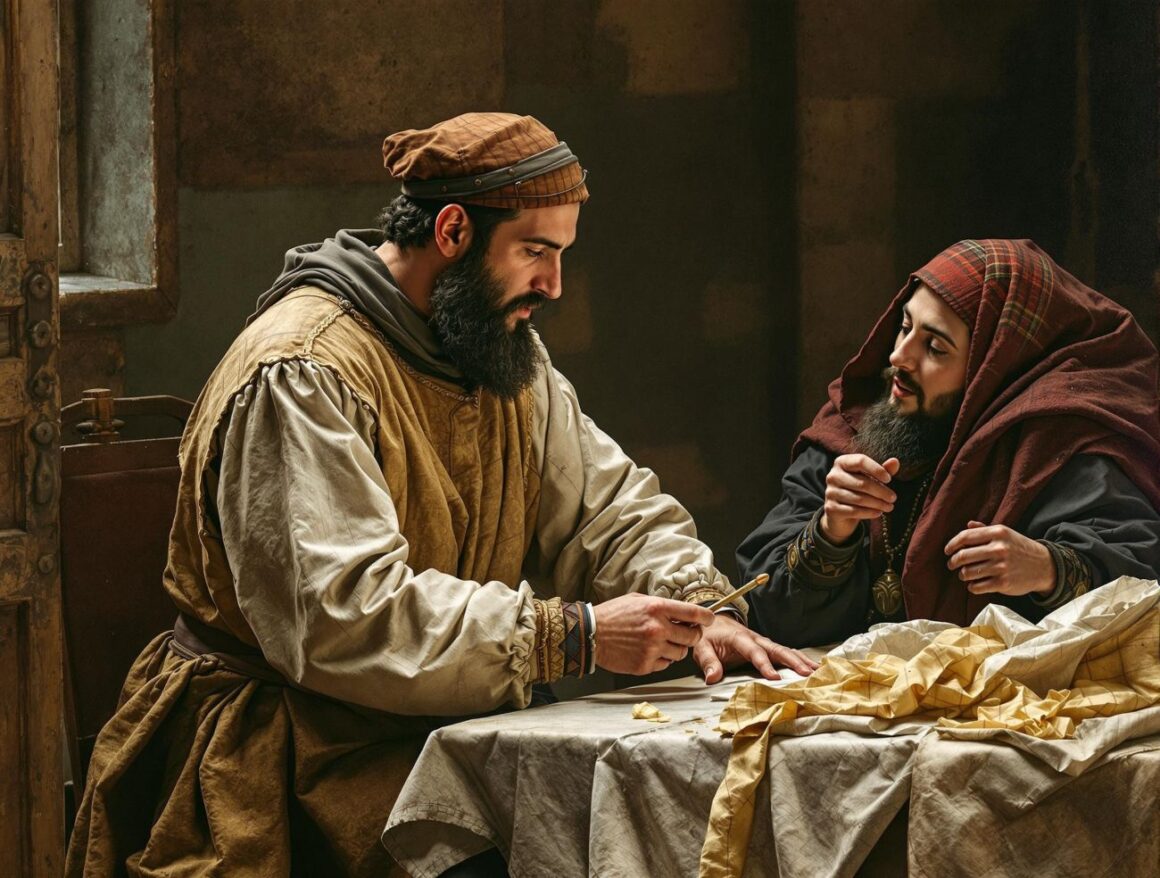
If you got sick in the Middle Ages, your chances of survival weren’t great. Medicine was based on superstition, religious dogma, and outdated theories dating back to Ancient Greece. The most infamous and widely accepted of these was the theory of the four humors, which stated that human health depended on a balance of blood, phlegm, black bile, and yellow bile. If you were ill, it was assumed one of these was out of balance—leading to treatments that often did more harm than good.
The most common “cure” was bloodletting, performed using leeches or by slicing open veins. Patients suffering from fever, infections, or even something as mild as a headache could be drained of massive amounts of blood, often to the point of death.
Wounds were treated with boiling oil or red-hot irons, which frequently led to fatal infections. If you had a serious injury or a gangrenous limb, the only solution was amputation—done without anesthesia. Surgeons used nothing more than saws, knives, and brute strength, and the survival rate was appallingly low due to shock and infection.
And if you were unfortunate enough to suffer from mental illness? You might be subjected to exorcisms, trepanning (drilling a hole in your skull to let out evil spirits), or forced to ingest ground-up mummies, as human remains were believed to have healing properties.
For women, childbirth was an especially dangerous ordeal. Maternal mortality rates were staggeringly high, and midwives often relied on prayers and superstitious rituals as much as practical knowledge. If a baby was breech (coming out feet-first), medieval doctors sometimes used hooks or forceps to tear the infant apart inside the womb in a desperate effort to save the mother’s life.
8. Death Was a Public Spectacle—And People Loved It
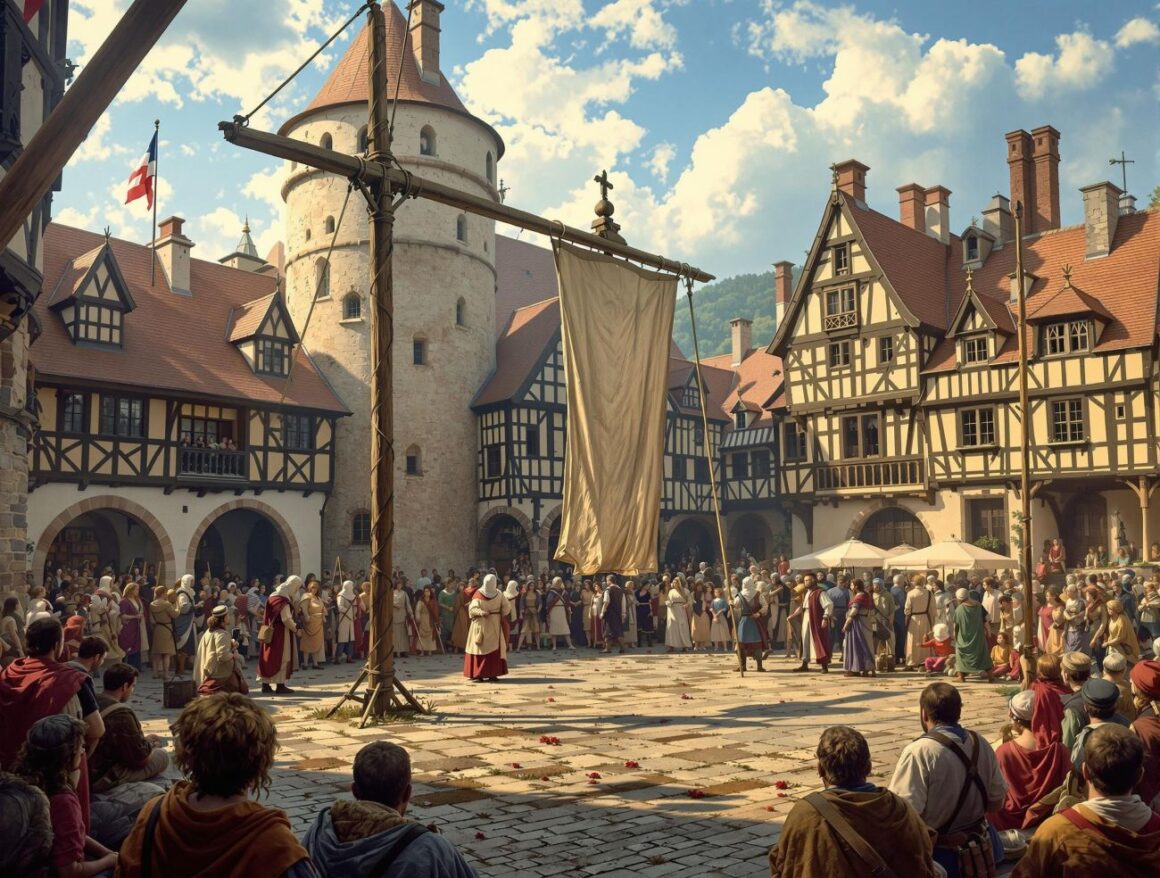
The Middle Ages had an eerie relationship with death. While people lived in constant fear of disease and war, they also treated death as a form of public entertainment. Executions were not just punishments but social events, drawing massive crowds eager to watch criminals suffer in the most gruesome ways imaginable.
Some of the worst execution methods included:
- Hanged, drawn, and quartered: The condemned was hanged until nearly dead, then cut down, disemboweled, and finally hacked into pieces. This was the punishment for treason in England.
- Breaking on the wheel: The victim was tied to a wooden wheel, and their limbs were smashed with a heavy iron bar, shattering bones beyond repair. They were then left to die slowly over days.
- Burning at the stake: A favorite for heretics and accused witches, burning was agonizingly slow. Some victims were mercifully strangled before the fire consumed them, but many were burned alive.
- Boiling alive: In some cases, particularly for poisoners, criminals were slowly lowered into boiling oil or water. This execution was used in England under King Henry VIII.
Perhaps most unsettling is that entire families, including children, attended executions as if they were theater performances. Vendors sold food and drinks, and people cheered as criminals writhed in agony. Some nobles even kept executioners on their payroll to carry out personal tortures of their enemies.
Medieval society was so obsessed with death that some artists developed the Danse Macabre (Dance of Death) theme, depicting skeletons leading people of all social classes to their graves as a reminder that death spared no one. The sheer fascination with pain and suffering reveals a medieval mindset that was disturbingly desensitized to human agony.
9. Burial Practices Were Horrifying and Often Involved Cannibalism
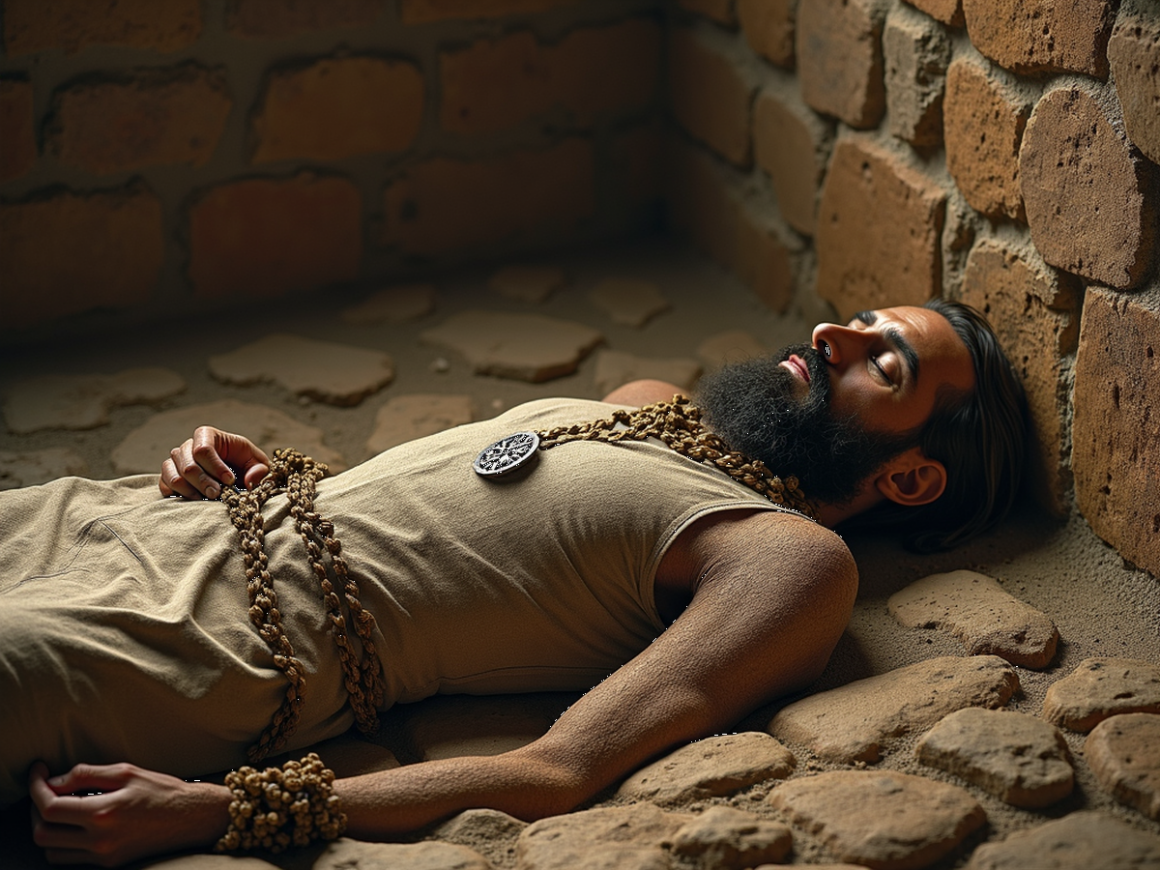
In the Middle Ages, dying was only the beginning of the horrors. Burial customs were gruesome, and in times of famine or war, corpses didn’t always stay in the ground.
For most of medieval Europe, the idea of a peaceful, undisturbed grave was a luxury only the wealthy could afford. Graveyards were overcrowded, and it was common for bodies to be exhumed and discarded to make room for new burials. In cities, bones were often piled in charnel houses—underground crypts stacked with skeletons. The famous Paris Catacombs, filled with the bones of six million people, are a later example of this medieval practice.
But what happened when famine struck? Starving people sometimes resorted to cannibalism, even digging up corpses to eat them. During the Great Famine of 1315-1317, medieval chroniclers reported incidents of “ghoulish feasting,” where families ate the flesh of the dead. Some towns even passed laws forbidding the consumption of human remains.
Another gruesome practice involved the “cadaver synod”—a bizarre phenomenon where the bodies of dead popes or nobles were dug up and put on trial. The most infamous example is Pope Formosus, who died in 896 AD but was exhumed months later, dressed in papal robes, and placed on trial by his enemies. His rotting corpse was found guilty, stripped of sacred garments, and thrown into the Tiber River.
For battlefields, the fate of the dead was even worse. After major wars, medieval people would collect and boil corpses to strip away the flesh, allowing them to preserve the bones of important figures or fallen knights. Sometimes these bones were even ground into powder and used in medicinal treatments, as it was believed that consuming the remains of the dead could cure diseases or provide strength.
Conclusion
The Middle Ages were a time of unimaginable hardship, ignorance, and brutality. Beneath the castles and cathedrals lurked disease-ridden cities, unjust laws, sexual exploitation, and gruesome punishments. While it’s easy to romanticize the medieval world, a closer look reveals a society so alien to modern values that it often seems more nightmarish than noble.
Perhaps the most disturbing fact of all? For those who lived through it, this was just everyday life.

